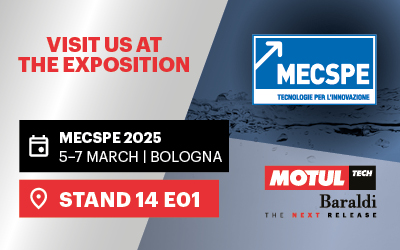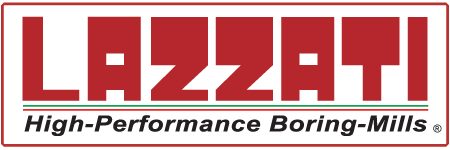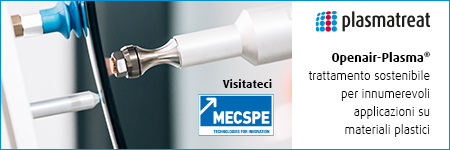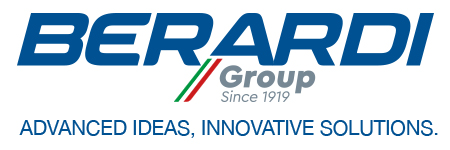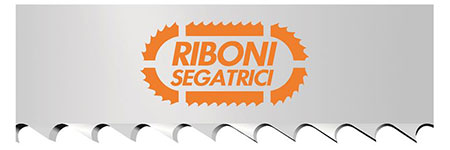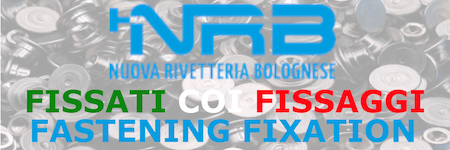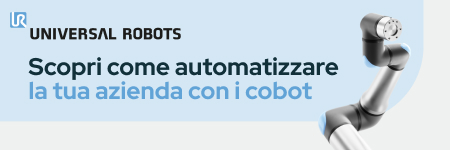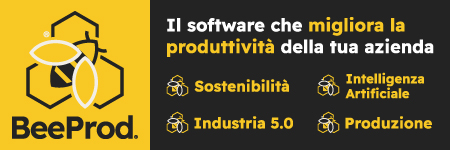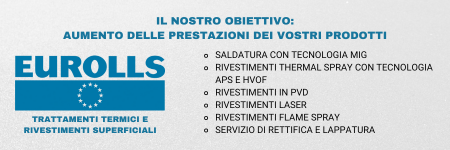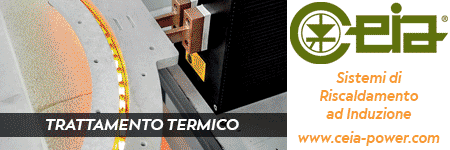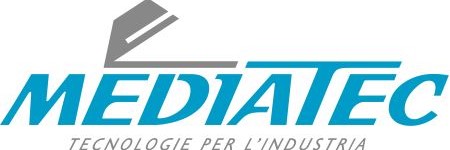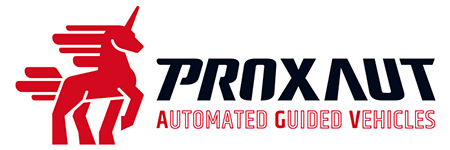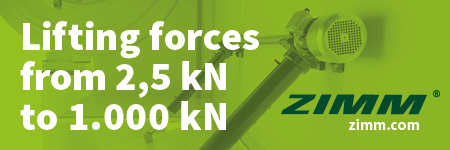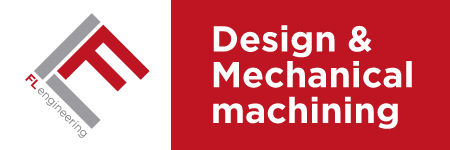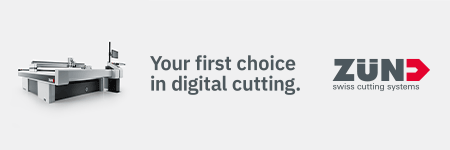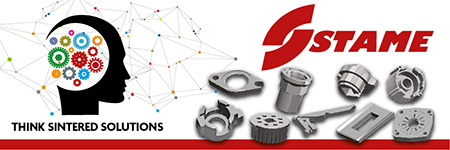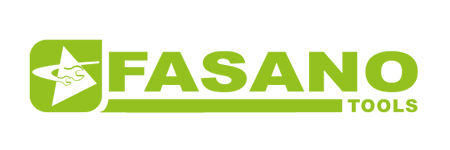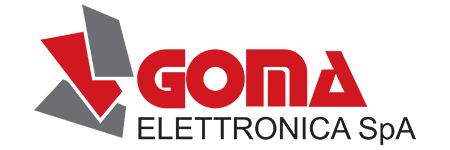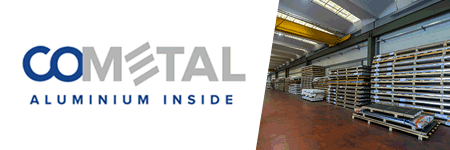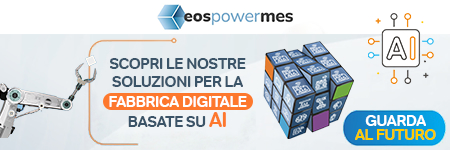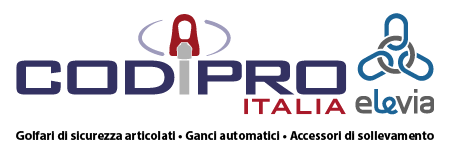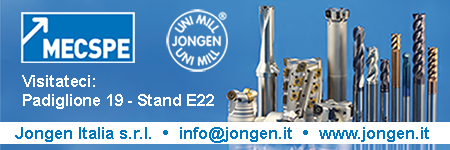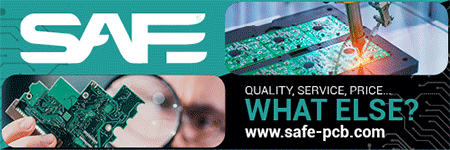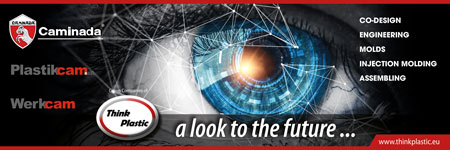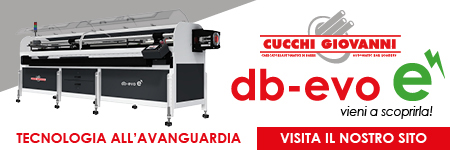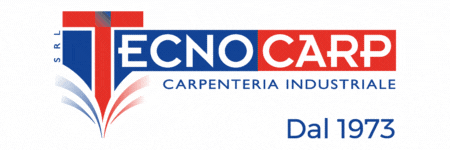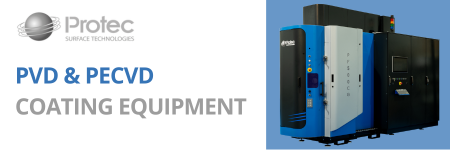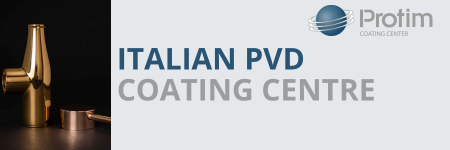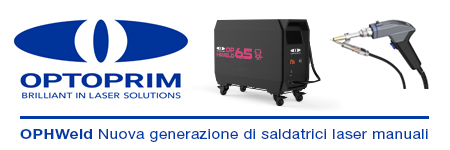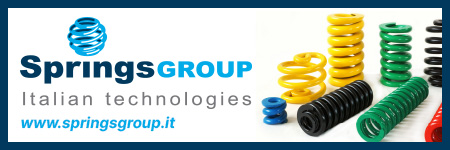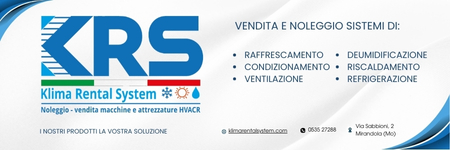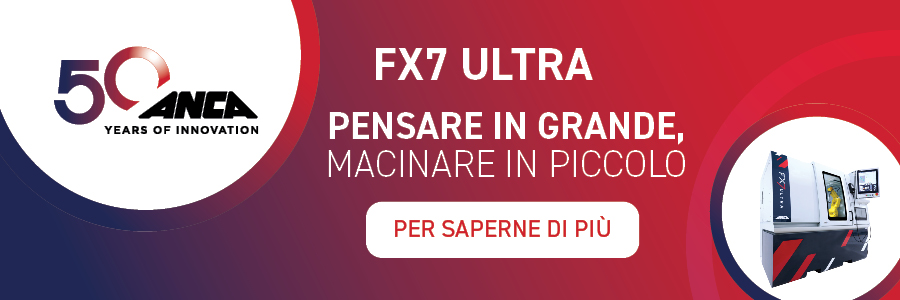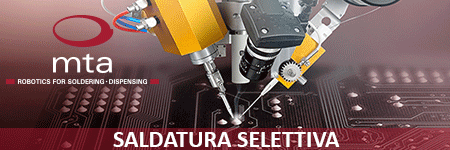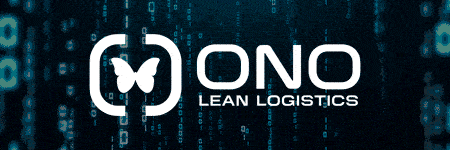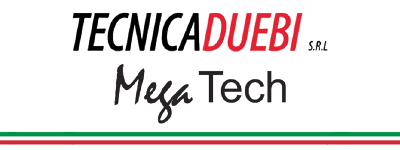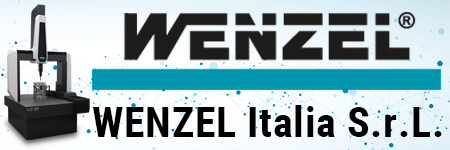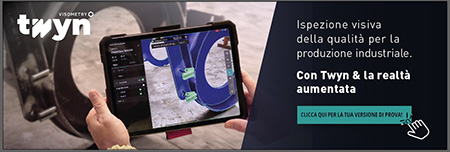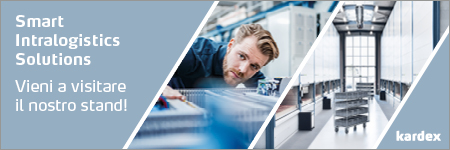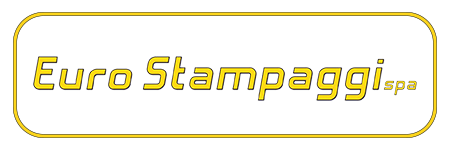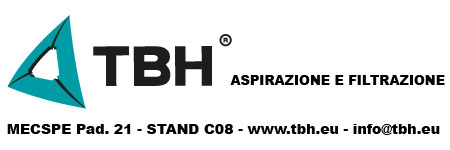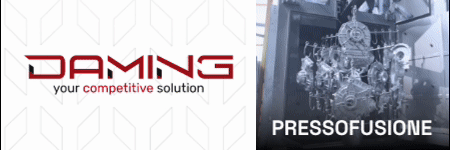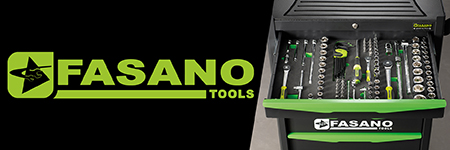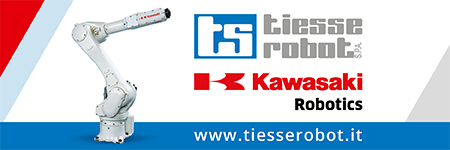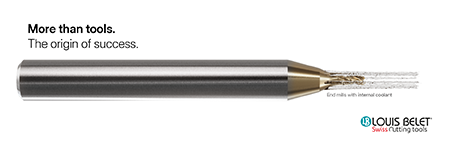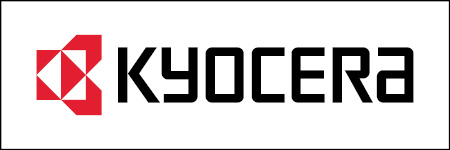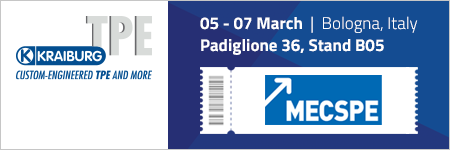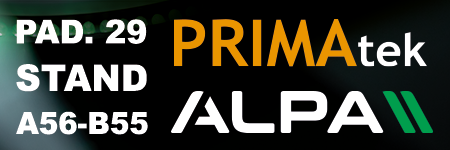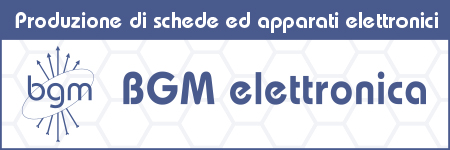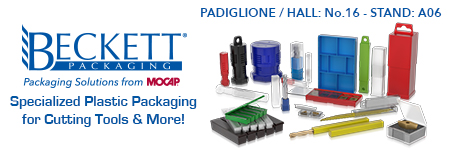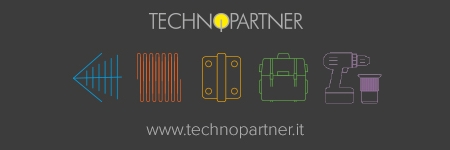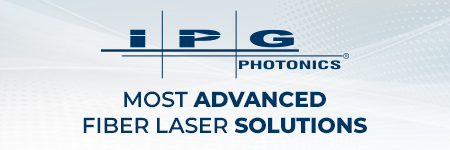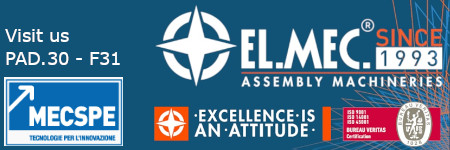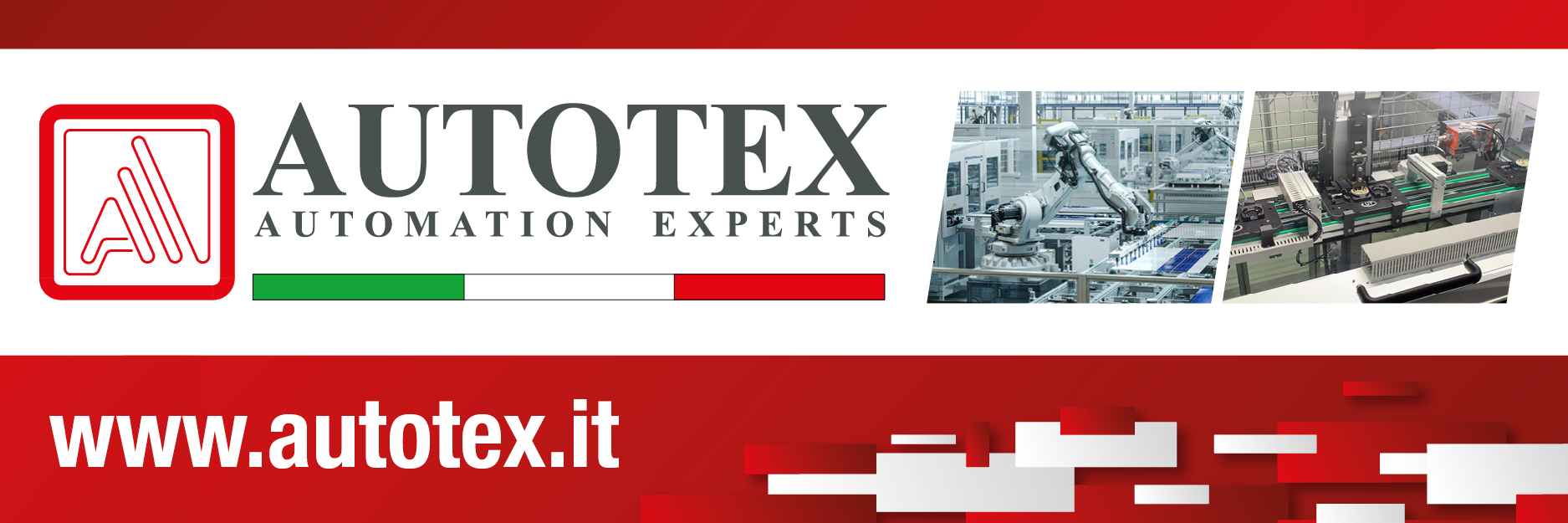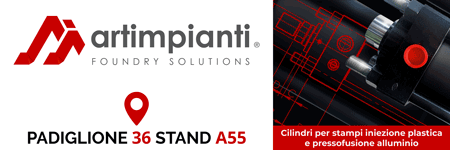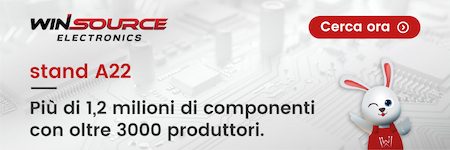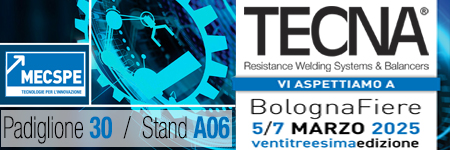23 January 2017
MECSPE 2017, the future of automation in the digital factory
Cobots and anthropomorphic robots at the service of man, for an efficient and safe production
Cost reduction up to 15% and an equivalent increase in revenue: according to the latest edition of the MECSPE Observatory this is what the majority of Italian mechanical and sub-supply businesses expect from digitalisation, which is increasingly, closely affecting manufacturing industry and factories that are in the process of becoming intelligent. A process that they are willing to invest part of their turnover in: almost four out of ten (37.1%) would dedicate over 10% of their revenue to this transformation. The greatest benefits would go to IT security, which will be implemented in over half of the companies (54.9%) by the end of this year, followed by mechatronics (39.1%), cloud computing (33.8%) and the internet of things (30.8%).
Having stayed one step ahead of technological trends for the last three editions, MECSPE places the “Digital factory 4.0” at the centre of the event where, through a concrete and pragmatic approach, it will be possible to get hands on with the state of the art of the new “manufacturing made in Italy”, admiring how an ever-more efficient and interconnected manufacturing industry is developed from the integration of enabling technologies. To do so, this year MECSPE will dedicate an entire pavilion (Pav.4) to the 4.0 themes, dedicating a series of initiatives to them, illustrating their applicational versatility and potential.
These include the area dedicated to Collaborative robotics and logistics 4.0, where visitors can admire cobots as they perform handling, assembly and quality control operations, interconnected with IoT technologies. In particular, the dimensional control will show the artificial intelligence (deep learning), whereas the assembly will be adaptive. Finally, an innovative vision system will increase robot safety and productivity through an advanced predictive system in order to extend and improve space sharing between humans and robots.
“Collaborative robotics developed from safety criteria for use without physical protections, i.e. machines were developed and created to be used in direct contact” declares Federico Vicentini, researcher at ITIA-CNR and coordinator of the Innovative Robotics Prize and the Industrial Robotics convention at MECSPE on 24 March, which recounts the leaps that collaborative robotics has achieved in the field of safety. “It is a new, more flexible and faster way of performing operations, including complex, thanks to the capacity to control the machine’s power in a safe manner. Just think of the impact it is having on the use of robots in a collaborative way of saving occupied space: this was possible thanks to the transformation of separation barriers into more evolved and adaptable “software” protections.”
To this regard, the Industrial Robotics Convention, organised with the collaboration of ITIA CNR, will be an opportunity to take stock on current technological trends through the opinion of experts, and the awards ceremony of the Robotics Innovation Prize will be the showcase for the major actors of this process. The nominated solutions, which share the use of robotics – not only collaborative – as the key for application competitiveness, have the task of illustrating all the applications, from assembly to robotised logistics, from testing to processing for swarf extraction, in all sectors.
In addition to the main Prize, a further opportunity for the best forward-thinking ideas will be offered by two secondary categories: the HORIZONS section, a space that promotes prototypes, experiments and research laboratory results that can provide inspiration or be invested in, and the DEVICES section, supporting complete applications, where devices, sensors, components, interfaces, etc. are the protagonists.
The programme on robotic technologies continues in the System integrator Square, inside the pavilion dedicated to Automation (Pav.5) where there will be more than 260 companies presenting visitors with the last frontiers, not only in the field of robotics, but also in artificial vision, sensors, IoT, mechatronics. For system integrators, robot manufacturers and visitors, the Square – where there will be 10 system integrators presented by robot manufacturers attending the show – will be the chance to partake in a prime platform where they can be protagonists at multiple levels, creating business and technology transfer occasions, allowing industrial operators to share their ideas and experiences, as well as showcasing applications in various fields.
Among the participating cells, a robotised island, fully automated for deburring cast iron brake pads in the automotive sector, composed of four 6-axis anthropomorphic Yaskaw robots, which combines the versatility of a robotised plant with the production quantity required by customer specifications; a module that is equipped and configured with a collaborative Kuka robot, through which a few necessary applications can be executed for the resolution of recurring criticalities in the industrial assembly sector; a milling process with 6-axis anthropomorphic Kuka robot that is able to perform processing with maximum operating freedom, flexibility and efficiency, in strictly continuous mode, and with the least possible number of positionings in comparison to a traditional machine tool.

